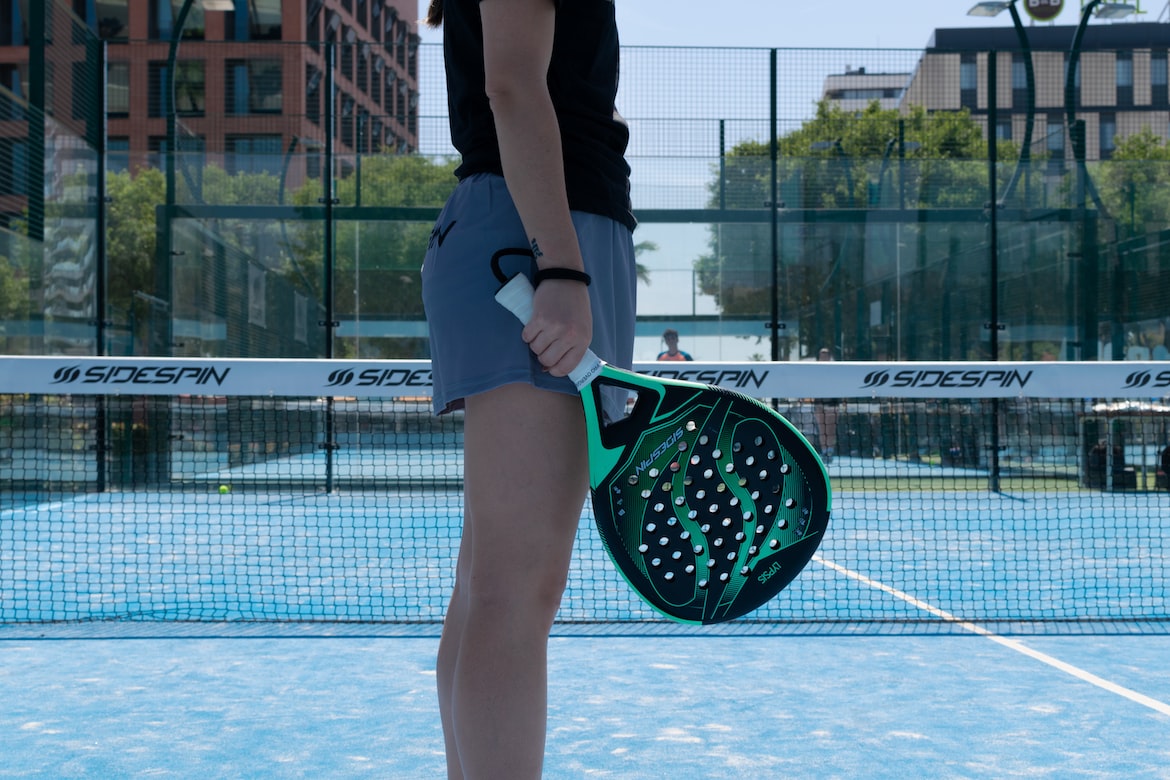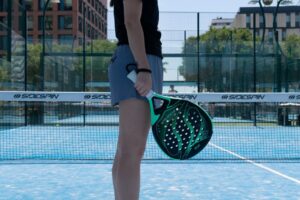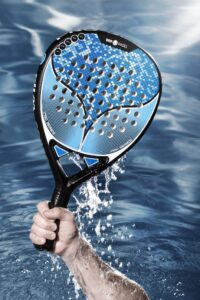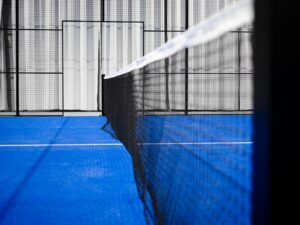Making the Switch: Transitioning to a Backhand Padel Serve
3 min read
Making the Switch: Transitioning to a Backhand Padel Serve
Are you tired of relying solely on a forehand serve in padel? Well, it’s time to spice things up and unleash the power of a backhand serve! Many padel players overlook the incredible potential of a backhand serve, but by mastering this technique, you can effortlessly gain the upper hand in your matches. In this article, we’ll guide you through the process of transitioning to a backhand padel serve, helping you take your game to a whole new level.
Understanding the Backhand Padel Serve
The backhand serve allows you to add variety and surprise to your game. By learning this technique, you can catch your opponents off guard, disrupting their rhythm and increasing your chances of winning crucial points. Unlike the traditional forehand serve, the backhand serve is executed with the back of your hand facing forward. It may take some practice to perfect, but the rewards are well worth the effort.
Mastering the Technique
Like any skill in padel, mastering the backhand serve requires practice and patience. Here are some key steps to help you make a smooth transition:
1. Grip Adjustment
Start by adjusting your grip. To execute a backhand serve, you’ll need to switch your grip from the neutral position to an Eastern backhand grip. This grip will provide better control and power when striking the ball.
2. Proper Stance
As with any serve, your stance plays a crucial role. Stand sideways to the court, with your feet shoulder-width apart. Point your non-dominant foot towards the net and slightly angle the toes of your dominant foot towards the side fence. This stance will allow for a more fluid motion and better weight transfer during the serve.
3. Ball Placement
Now, the placement of the ball is important. Position it slightly in front of your body, allowing for a comfortable swing and contact. Avoid placing it too far forward or behind you, as this could lead to unforced errors and minimize the power of your serve.
4. Swing Motion
The swing motion for a backhand serve is similar to that of a forehand serve, but with a slight variation. Start by pulling your racket back with your non-dominant hand, keeping it close to your body. As you swing forward, rotate your hips and shoulders, using the momentum to generate power. Make sure to strike the ball with the back of your hand, following through with your swing to maintain control and accuracy.
Benefits of the Backhand Serve
By incorporating a backhand serve into your game, you’ll enjoy several distinct advantages. Firstly, the element of surprise can catch your opponents off guard, giving you an immediate advantage. Secondly, the backhand serve allows for better court coverage, as it opens up different angles and options for your subsequent shots. Lastly, it adds variety to your gameplay, making it harder for opponents to anticipate your next move.
Practice Makes Perfect
Transitioning to a backhand padel serve might initially feel awkward and uncomfortable, but with consistent practice, it will become second nature. Hit the courts regularly, dedicating specific time to improve this aspect of your game. As you get more comfortable with the technique, start incorporating the backhand serve into your matches to test its effectiveness against different opponents.
In Conclusion
Now that you have the key insights into transitioning to a backhand padel serve, it’s time to hit the courts and put your newly acquired knowledge into action. Experiment, practice, and don’t be afraid of making mistakes. Remember, it’s through making mistakes that we learn and grow as padel players. So, step out of your comfort zone, embrace the backhand serve, and surprise your opponents with its untapped potential. Good luck and happy serving!







